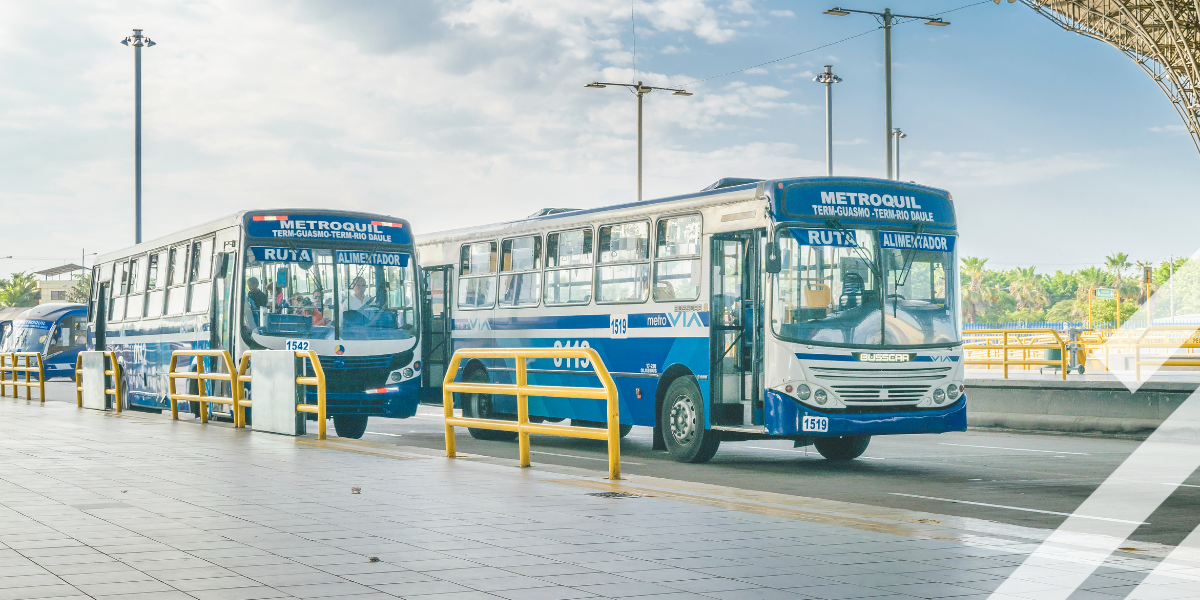Loading component...
New Gold Dream: the role of data in sustainable urban mobility

Sustainability has become a crucial discussion topic with respect to smart cities and urban mobility, but the importance of the effective use of data must not be underestimated.
There are at least three dimensions to sustainability: environmental, economic, and continuing public and political support. In the early days of the Intelligent Transportation Systems (ITS) programme, it was quite common to invest a significant amount of capital to implement a system only to have it be unsustainable due to a lack of operations and maintenance funding. While this has now been addressed, it’s interesting to understand that if you were from Mars, you would expect the problem to lie in finding large sums of capital, when in fact the issue was a lack of understanding that the application of advanced technology to transportation requires a higher level of sustainable funding.
This is one aspect of economic sustainability. Another, perhaps from more of a private sector perspective, is the ability to build a successful business through the delivery of smart mobility services. As there has been a significant increase in private sector investment in mobility services, then this also becomes an important dimension.

Environmental sustainability refers to the undesirable side effects that the transportation service delivery process can create with respect to the environment. This includes emissions that damage air quality in urban areas and energy consumption that often involves non-renewable resources. The migration to electric vehicles will help significantly in this respect, however there will still be intimations associated with the generation of the energy in most cases. With respect to continuing public and political support, an important aspect of this is communication in a clear and unbiased fashion regarding the benefits that are being delivered in terms of safety, efficiency, user experience and sustainability.
“With respect to continuing public and political support, an important aspect of this is communication in a clear and unbiased fashion regarding the benefits that are being delivered in terms of safety, efficiency, user experience and sustainability”
This all points to the importance of the availability of good data and efficiency in the use of that data. The appropriate breadth and depth of data will provide a scientific basis to understand the environmental, economic, and overall effects of mobility in urban areas. This type of data is an excellent foundation for strong communications to non-technical decision-makers, citizens, and visitors, regarding the benefits being delivered.
Data: fuel’s gold
Data could be viewed as the fuel required to power activities in these areas. The growing availability of data from a large number of sources, both public and private, is leading to a new perception that perhaps we can design services for a market segment of one.
“With respect to data and great analytics, averages are the enemy. Advances in data science have taken us to the point where it is no longer necessary to aggregate and average data”
This would avoid the demographic and market segment averaging that usually ends up in causing offence to somebody because they have been categorized in the wrong group. With respect to data and great analytics, averages are the enemy. Advances in data science have taken us to the point where it is no longer necessary to aggregate and average data. It is also not necessary to take large data sets and fragment them over multiple computers. There is a two-way opportunity involving a focus on the individual, while aggregating data and managing large data sets, as a single entity. The latter has considerable advantages in enabling an enterprise-wide view to be taken over the entire data set, easily identifying trends and patterns that may not be obvious if the data has been partitioned. These abilities make data even more valuable.
Many people have noted that data can be regarded as the new oil, because of its importance. This aligns with the thought that data is the fuel for effective decision-making and implementation. However, the analogy is also useful in that crude oil is dirty, smelly, and nobody wants to touch it when it comes out of the ground. However, when it is subject to a refining process, it results in a range of valuable, highly sought-after products.
Data is just like this. As a raw material, it is hard to see the value. However, when it is refined from data to information from which insight, understanding form the basis for action plans, then the value is revealed. Like any raw material, it is what you do with it, and how you do it, that influences the value that can be released. Interestingly, the whole concept of sustainability can also be applied to great data management, which in turn can underpin sustainability in urban areas. There are sustainable approaches to data management and other that are unsustainable.
“Data, like any raw material, it is what you do with it, and how you do it, that influences the value that can be released”
Unsustainable Urban Mobility
Here’s an example of an unsustainable approach. Data is collected from multiple data sources on a speculative basis. There is little understanding of the use to which the data will be put and consequently data collection is focused on delivering the highest accuracy data across as many collection points as possible. The collected data is then stored in a fragmented and inaccessible manner and in some cases the fact that the enterprise has even collected the data is lost in the mists of complexity and inaccessibility. This leads to duplication and data collection which further exacerbates the cost of collecting high accuracy data on an areawide basis. There are several public sector agencies who admit that they do not make use of all the data being collected because it simply perceived as too expensive to access or too difficult to analyze.
Managing the data
Now let’s talk about a sustainable approach to data management. Data is collected in a purposeful manner across multiple data sources with a good understanding of the use to which the data will be put. This understanding required accuracy of data collection and a geographical coverage required. The data is then subjected to a fusion process and entered into a data repository with a high level of accessibility. The data repository also provides tools for advanced analytics to turn the data into information, revealing trends, patterns, and insights.
Based on this new understanding, better plans and response strategies can be generated to manage the urban environment. Data is also used to monitor the effects of investments and implementations enabling a feedback loop to be created to improve subsequent plans and deployments. This is sustainable. Of course, the data sources can be public or privately sourced. These days there are considerable offerings in the market for probe vehicle and location intelligence data that can significantly complement public sector data coming from sensors.
“Data is also used to monitor the effects of investments and implementations enabling a feedback loop to be created to improve subsequent plans and deployments. This is sustainable”
Sustainable sustainability
So, how does all this affect sustainability? Well, another aspect of sustainability is the successful identification of threats and opportunities within an urban area. Data plays a crucial role in the successful identification and characterization of this. The availability of high-quality data and subsequent information can serve as the foundation for a scientific approach to project evaluation and benefits definition. In the absence of this scientific approach, then opinion and bias can unfortunately dominate the situation.
It’s also important to make the point that this is not just about data collection, it’s about the effective use of data to extract insight, understanding and make better decisions. As the saying goes “if you can’t measure it, you can’t manage it” with regard to sustainability in urban areas this statement should be extended to include “and if you are only measuring it then you are still not managing it.”
The effective use of data goes a long way towards a sustainable approach to sustainability.



